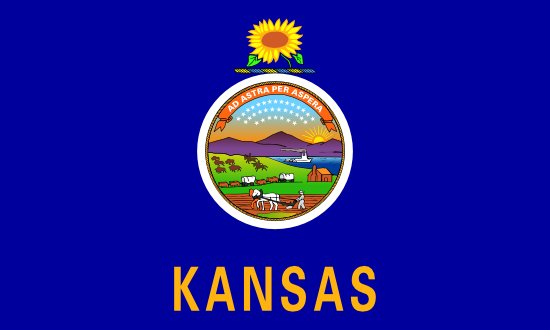
Topeka
- County:
- Shawnee County
- County Seat:
- Yes
- Area (mi²):
- 61.897
- State:
- Kansas
Topeka is a city located in Shawnee County, Kansas. Topeka has a 2025 population of 125,467 . It is also the county seat of Shawnee County . Topeka is currently growing at a rate of 0.09% annually but its population has decreased by -0.76% since the most recent census, which recorded a population of 126,430 in 2020.
The median household income in Topeka is $55,902 with a poverty rate of 15.56%. The median age in Topeka is 38.2 years: 37.1 years for males, and 39.2 years for females. For every 100 females there are 91.8 males.